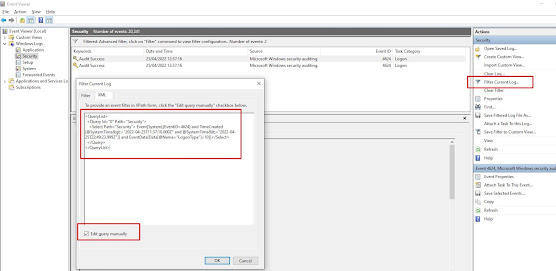Helpful little utility should you need to track the time spent at your desk during the day...
Helpful little utility should you need to track the time spent at your desk during the day...
Add this to the configuration for the test
<TestRunConfiguration ...>
...
<ExecutionThread apartmentState="MTA" />
</TestRunConfiguration>
To check the threading model used, add the following line to your test(s):
[TestMethod]
public void YourTest()
{
System.Diagnostics.Debug.WriteLine(System.Threading.Thread.CurrentThread.GetApartmentState().ToString());
// TODO: Add test logic here
}
Use the following attribute in the top of the mapping file to ensure your update statements are as succinct as possible
Dynamic-update="true"
This will ensure only those column values that have changed actually exist in the SET clause of the UPDATE statement, which is useful if your tables have triggers on them guarded by the TSQL IF UPDATE(MyColumnName) type checks.
Useful system view that you can create to view the exact (FULL) sql statement that's currently running on a sql server. Kind of like an sp_who2 but with the full executing sql statement shown.
CREATE VIEW [Current_Running_SQL]
AS
SELECT CASE
WHEN Requests.sql_handle IS NULL
THEN ' '
ELSE SubString
(
Statements.text,
(Requests.Statement_Start_Offset+2)/2,
(
CASE
WHEN Requests.Statement_End_Offset = -1
THEN LEN(CONVERT(nvarchar(MAX),Statements.text))*2
ELSE Requests.Statement_End_Offset
END
-
Requests.Statement_Start_Offset
)
/
2
)
END AS StatementText,
QueryPlans.query_plan AS QueryPlan,
Statements.Text AS Batch_Text,
Sessions.Session_ID,
Sessions.Login_Name,
Sessions.Host_Name,
Sessions.Program_Name,
Sessions.Client_Interface_Name,
Requests.Wait_Time,
Requests.Cpu_Time,
Requests.Total_Elapsed_Time,
Requests.Reads,
Requests.Writes,
Requests.Logical_Reads,
Requests.Row_Count,
Requests.Granted_Query_Memory*8/1024 AS Granted_Query_Memory_MB,
LEN(Statements.text) AS Batch_Text_Length,
Requests.Statement_Start_Offset/2 AS Statement_Start_Offset,
CASE
WHEN Requests.Statement_End_Offset = -1
THEN LEN(CONVERT(nvarchar(MAX),Statements.Text))*2
ELSE Requests.Statement_End_Offset
END
/
2 AS Statement_End_Position,
(
CASE
WHEN Requests.Statement_End_Offset = -1
THEN LEN(CONVERT(nvarchar(MAX),Statements.text))*2
ELSE Requests.Statement_End_Offset
END
-
Requests.Statement_Start_Offset
)
/
2 AS Statement_Text_Length
FROM sys.dm_exec_sessions Sessions
INNER JOIN sys.dm_exec_requests Requests
ON Sessions.session_id = Requests.Session_ID
CROSS APPLY sys.dm_exec_sql_text(sql_handle) Statements
CROSS APPLY sys.dm_exec_query_plan(plan_handle) QueryPlans
WHERE Sessions.Session_ID != @@SPID
GO
This is how you can limit the results from a table based on a parameter's value in non dynamic TSQL
declare @recordCountint = 100
SELECT TOP (@recordCount)
*
FROM MyTableName
All you have to do is not forget the enclosing brackets around the variable in the SELECT TOP clause and it works! Without these brackets you see the following error...
Msg 102, Level 15, State 1, Line 3
Incorrect syntax near '@recordCount'.
Use the following powershell script to find the last users to login to a box since a given date, in this case the 21st April 2022 at 12pm un...
